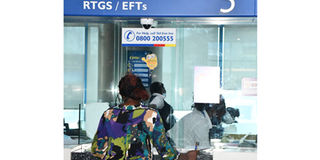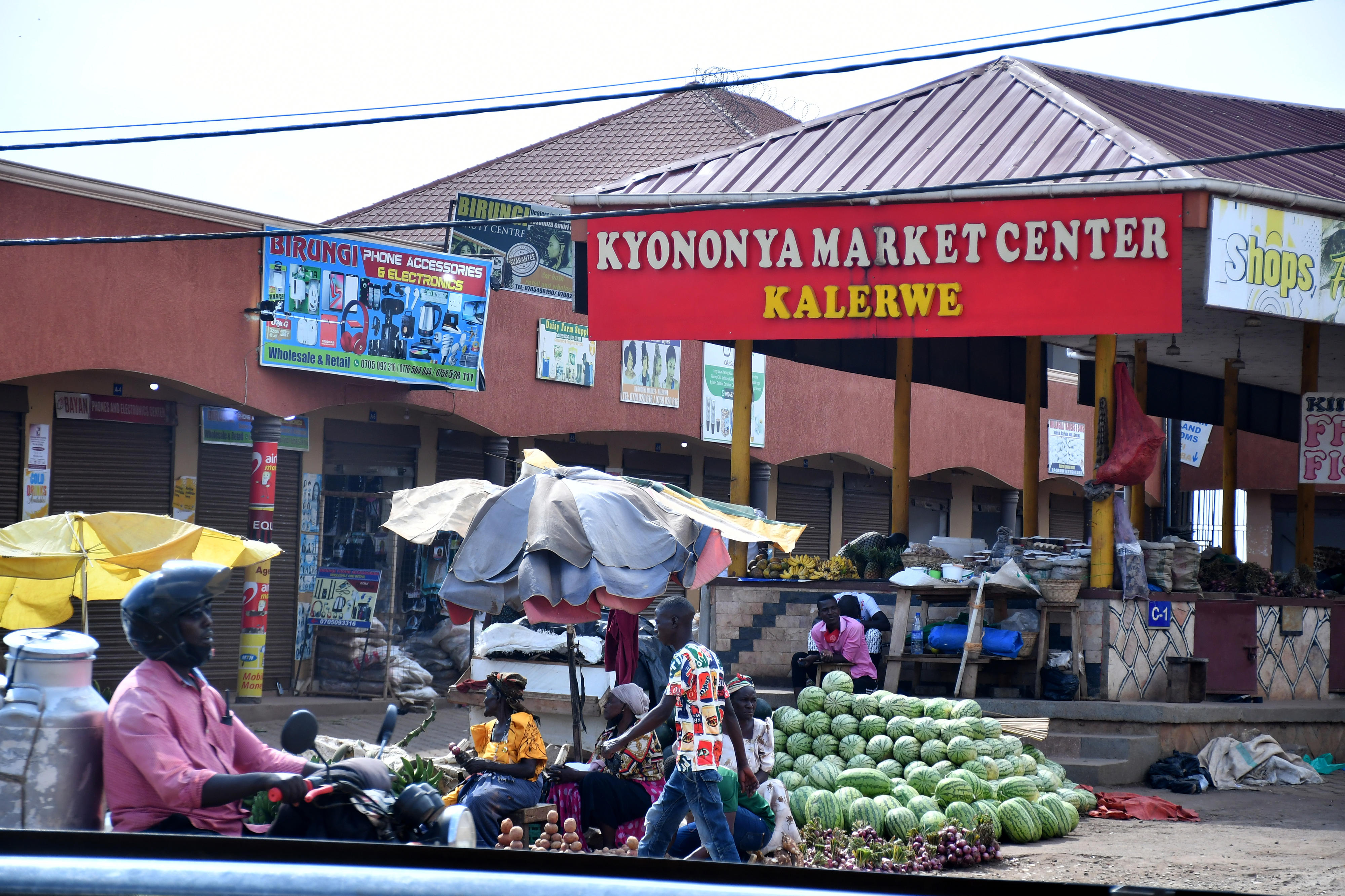Prime
Rising inflation forces BoU to increase Central Bank Rate

The Central Bank says it needs to slow down rising inflationary pressures that are threatening the economy. PHOTO | Edgar R Batte
What you need to know:
Bank of Uganda says it will increase the Central Bank Rate until when it is certain that all threats to the economy have been contained.
To control the rapidly increasing inflation, Bank of Uganda yesterday raised the Central Bank Rate (CBR) by a percentage point to 7.5 percent.
The rate has been at 6.5 percent since June 2021 after the Central Bank seemed to have kept inflation below the 5 percent target.
It its Monetary Policy Committee statement yesterday, Bank of Uganda, said that while the inflationary pressure are likely to be temporary, the worsening economic outlook, uncertainty and risks ahead have motivated a revision in the CBR to contain demand pressures amid increasing demand versus subdued supply.
Bank of Uganda also indicated that “it will continue to raise the CBR until inflation is firmly contained”.
Inflation has rapidly risen, increasing to 6.3 percent in May from 2.7 percent 2.3 percent January.
While addressing a press briefing in Kampala yesterday, Bank of Uganda Deputy Governor Michael Ating-Ego, said price of essential commodities such as cooking oil and soap, food fuel and transportation had risen sharply, creating a supply versus demand imbalances, occasioned by Covid-19 and the Russia-Ukraine conflict.
“The weakening of the shilling against the dollar coupled with rising food and energy prices have worsened the inflation outlook since April. High business costs are likely to spread to consumer prices, thereby pushing inflation higher in the coming months,” he said.
Consequently, Dr Atingi-Ego said, annual headline is now forecast to average to 7 percent, which is higher than earlier projections.
Bank of Uganda has projected inflation to peak in the second quarter of 2023, before gradually declining with the 5 percent target by mid-2024.
However, Dr Atingi-Ego warned that the outlook remains significantly uncertain, with the balance of risks tilted upside.
The main upside risk, he said, include global inflationary pressure amid persistently higher world food and energy prices, which are likely to filter through further weakening the shilling.
Bank of Uganda also noted that weaker domestic demands is likely to squeeze consumer incomes, which will constrain investments.
Dr Atingi-Ego also indicated that optimism for economic recovery Covid-19 disruptions had been dampened due to uncertainties created by the Russia-Ukraine conflict.
Therefore, he said, the economic growth outlook is projected in the range of 4.5-5 percent in 2022, which is lower than the previous projections of 5.5-6 per cent as of April.
The Central Bank said risks to growth outlook, which are tilted downwards include, weaker global growth, escalation of geopolitical conflicts, persistent global supply chain disruptions, heightened global economic uncertainty and higher inflation.
This, Dr Atingi-Ego said, has dampened consumer confidence, heightened exchange rate volatility and prolonged weak growth in private sector credit.
However, he noted that in the medium-term the economy is expected to grow between 6 percent and 7 percent supported by public and private investments in the oil sector.




